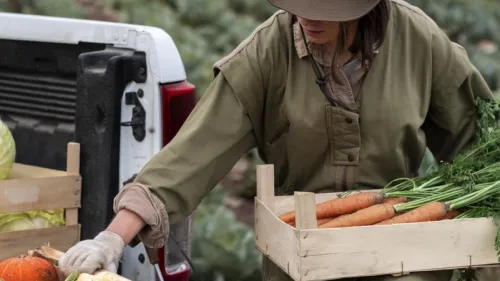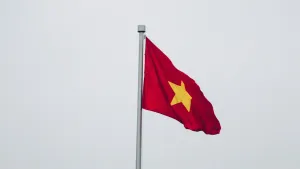How Governments Will Drive Post-Pandemic Supply Chain Resilience in SEA
By Humaira Syifa Rizal and Septian WaluyanThe COVID-19 pandemic was a high-impact, low-probability, and disruptive event that had negative implications that no individual, industry, or government could have properly prepared for. The repercussions were felt almost immediately on an individual and collective scale. From jobs and income being lost to government-enforced lockdowns, the world seemingly stood still due to the adverse effects of the pandemic.
In the world of business, particularly in supply chain and logistics, the pandemic affected every level of the global value chain, as increased shipping rates, prolonged transit time, and widespread product shortages became the norm. Lingering effects are still felt today, including the reduced trend of global trade volume and stagnating economic performance, which is more evident in developing countries.
Contextualizing Supply Chain Issues in Southeast Asia
While these supply chain issues were prevalent globally, the impact was especially profound in Southeast Asia (SEA). Per a 2020 report by Nikkei Asia, several SEA countries and their economies experienced severe contractions at the onset of the pandemic in 2020, with Malaysia (-17.1%), the Philippines (-16.5%), Singapore (-13.2%), and Thailand (-12.2%) among the most negatively impacted.
Moreover, supply chain challenges were further highlighted when analyzing specific industries like oil and gas. For instance, Indonesia was faced with reduced demand and decreased export value for oil, with its price nosediving and registering the lowest figures in nearly two decades.
These issues created a ripple effect throughout the region, affecting private and public sector players. Governments and agencies closely related to the supply chain struggled, as they sorely lacked solutions to address an overwhelming demand from consumers.
Due to these issues, SEA's public and private sectors alike recognized the need to establish resilient and robust supply chains, which can help minimize potential challenges like those faced during the pandemic. This now begs the question: What role will SEA governments play in creating regional supply chain resilience?
Understanding the Public Sector’s Role in Logistics
The pandemic highlighted that further industry support is needed from governments, where initiatives like joint ventures and public-private partnerships play a critical role in aiding the supply chain and logistics market—be it for households, businesses, or other related organizations. While it may seem daunting, parties in the public sector should not overlook their role in the logistics and supply chain sector, as they have the reach and power to enact change on a national and international scale.
To establish resilient supply chains, the private sector should look to create frameworks that can detect and properly respond to potential disruptions to the logistics industry. When crafting these initiatives, governments should be mindful of Southeast Asia's diverse makeup as a region. The supply chain solutions deployed should be tailored to each nation's characteristics, as factors like geographic location, cultural nuance, and socioeconomic disposition differ between countries.
In the long-term, considering such dynamics will be beneficial as doing so will account for the nuanced logistical and supply chain demand of each country, inform collaboration between parties—including but not limited to inter-region, cross-country, and private-public cooperation—and improve the overall efficacy of the proposed supply chain solutions.
What Supply Chain Solutions Can Be Enacted?
Beyond engaging logistics players in the private sector and designing SEA-centric initiatives to drive growth within the industry, governments should also explore how to adapt proposed frameworks from other countries outside of the region.
Drawing from data from the IBM Institute for Business Value, four key recommendations encompassing governments, businesses, academe, and the non-profit sector can be made:
Building a government-led shared service centre of excellence where data on disruption effects, mitigative actions, and access to skilled experts are available.
Mapping the highest vulnerabilities along the value chain and identifying solutions and relationships to help solve those vulnerabilities and bottlenecks.
Applying design thinking to enhance the existing supply chain, highlighting the transparency and democratization of data, enabling decision stakeholders to pivot from a reactive to a predictive state of decision-making.
Developing predictive models, mitigation strategies, and collaboration with private sectors to turn the shared service centres into a sustain mode, developing sharper scenarios and contingency plans.
These recommendations are in line with current industry trends where smart technology solutions like advanced data analytics and predictive analysis are being applied. The public sector’s potential use of smart technology in supply chain and logistics will be beneficial, especially as industries and societies alike continue to emphasize digital transformation. Doing so also strengthens SEA’s position globally, as integrating smart technology into the regional logistics market and other industries will act as a competitive advantage.














